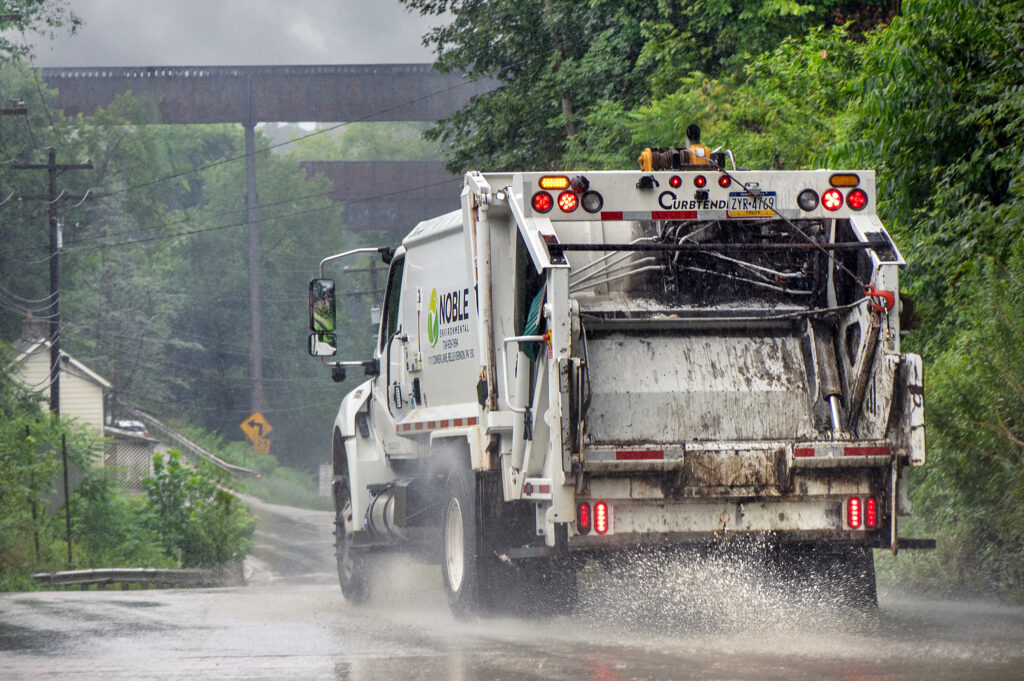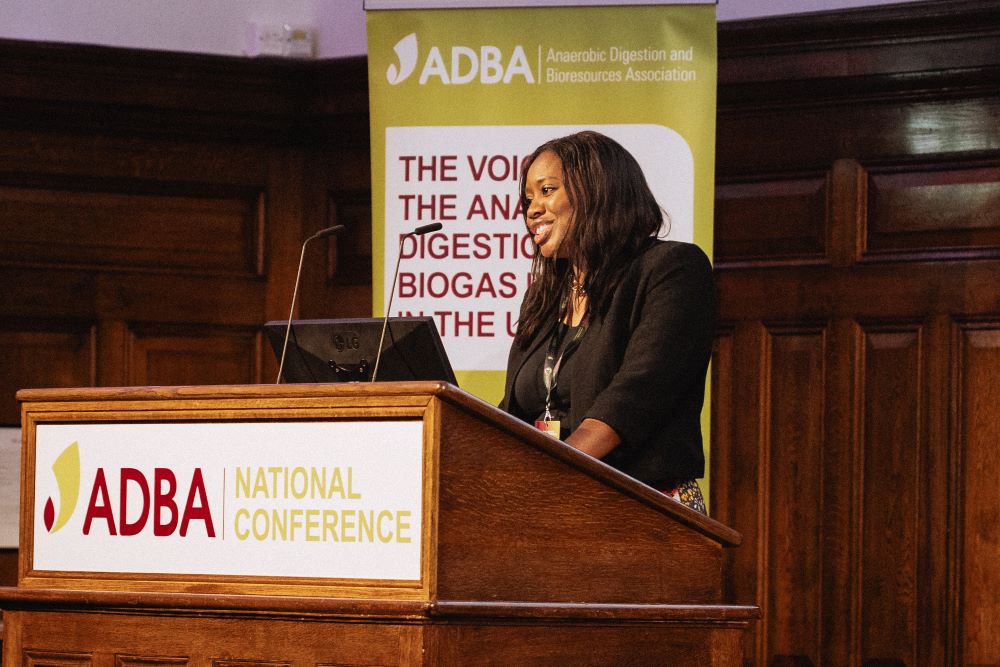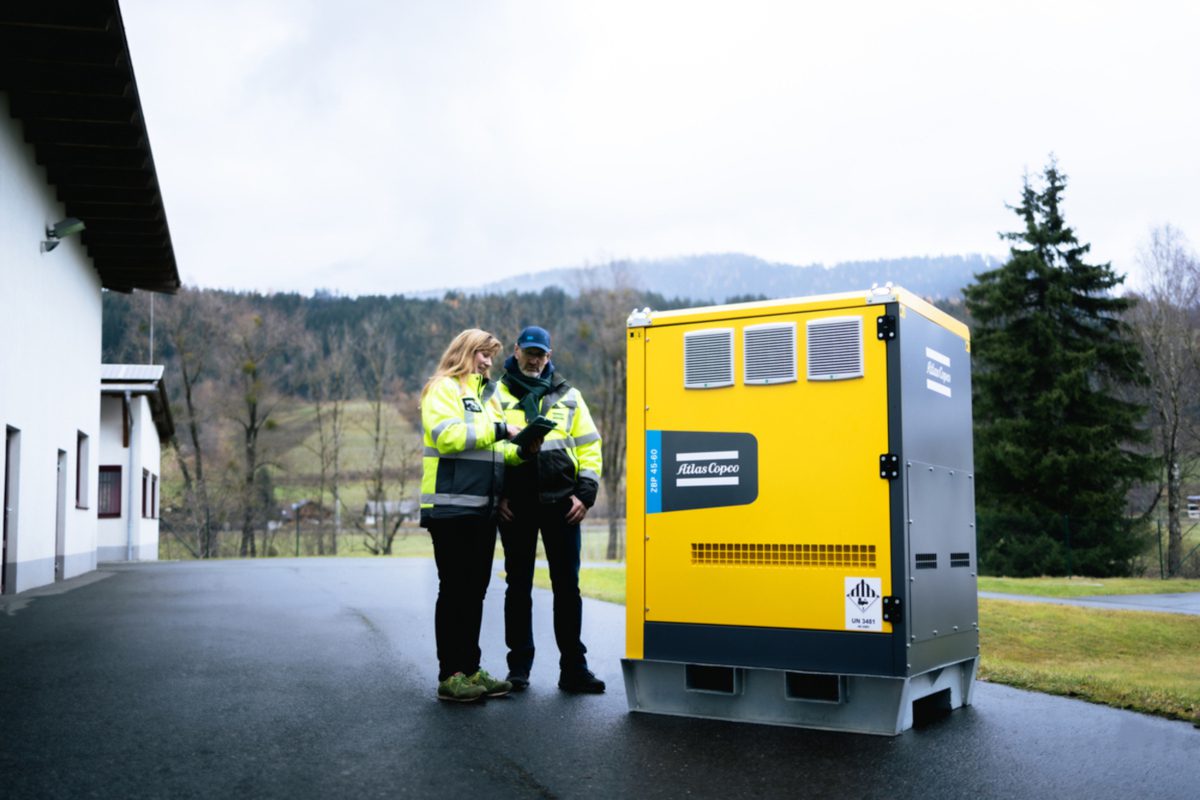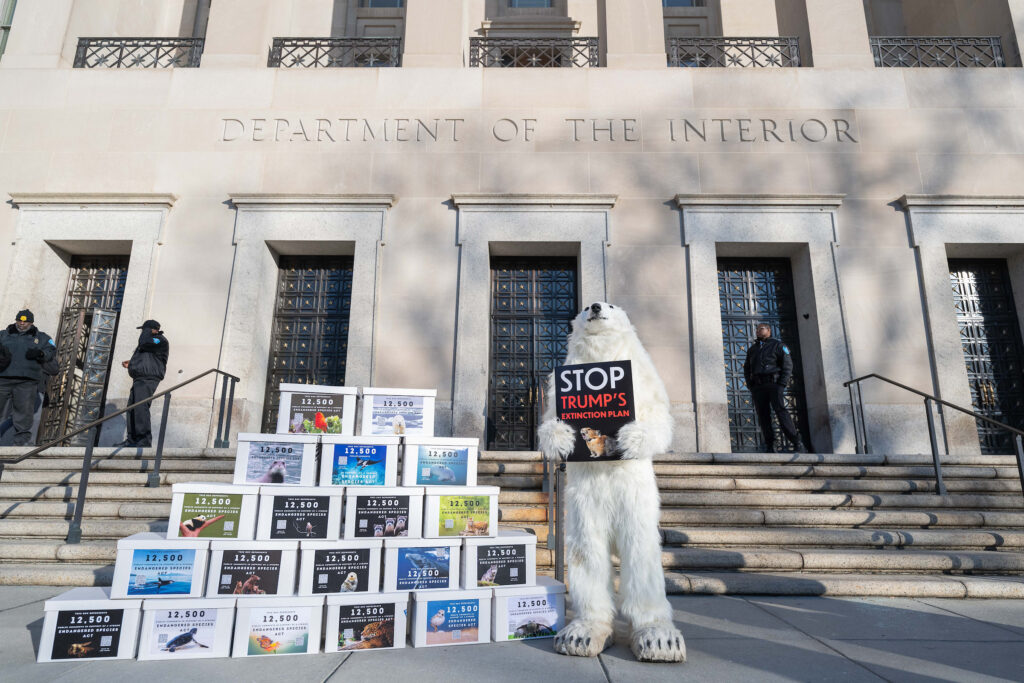Plans for a large new plastics plant on the Gulf Coast of Texas crept forward on Tuesday evening when officials at a small, rural school district moved to enter into tax break negotiations with ExxonMobil, the project developer.
The Calhoun County Independent School District board voted unanimously at a public hearing to begin developing the terms for an agreement with Exxon on its plan to build a $10 billion complex nearby.
“This is not the final decision tonight,” said Mali Hanley, a consultant for the school district and an attorney with O’Hanlon, Demerath & Castillo, at the hearing. “This is the first step in the process.”

Exxon, world’s largest private oil company, has proposed to build a “world scale” plastics plant in Calhoun County, population 20,000, according to the tax abatement application it filed with the district in December. The project would pipe in gas from the Permian Basin to produce up to 3 million annual tons of plastic polyethylene pellets for export, primarily to Asia, according to the 97-page application, making it potentially among the largest such plants on earth.
It would not be Exxon’s only such plant on the Gulf Coast of Texas, alongside others in Beaumont, Baytown and Gregory. The project follows a period of steep growth in U.S. plastics production, fueled by cheap gas from the oilfields of Texas and beyond.
Tax break agreements are a common but controversial part of economic planning. Intended to attract competitive investments, they are often criticized as giveaways by small public entities to massive corporations.
“The decision tonight from the board is to go forward, that means to find out more,” Hanley said. “Find out what the commitment of Exxon is for the protection of the community.”
We’re hiring!
Please take a look at the new openings in our newsroom.
See jobs
Exxon, which reported nearly $34 billion in profits in 2024, is seeking a 50 percent reduction in its school district property taxes for 10 years, beginning in 2031, when the project would come online. It’s one of hundreds of similar agreements under various programs across Texas.
Exxon’s application said it also planned to seek abatement agreements with the county government, the groundwater conservation district and the Calhoun Port Authority.
“Tax abatement programs drive local economic progress by spurring new jobs, investments, and long-term additional tax revenue,” said an Exxon spokesperson, Kelly Davila. “The abatement program we’re applying for will do just that for Calhoun County, if we move forward with the project.”
Once completed, the project would create 600 jobs with competitive pay, Davila said. During peak construction, it would employ 3,000 workers. After the abatement agreements expire, the project will pay more than $80 million per year in local taxes, Davila said.


Substantial doubt exists over the effectiveness of many tax abatement programs in Texas. Even the conservative Texas Public Policy Foundation has called the school district program “unnecessary and wasteful” as well as “handouts to favored industries.”
Scant research has been done about whether these agreements actually benefit the entities that issue them, according to Trey Cowan, a Houston-based oil and gas analyst with the Institute for Energy Economics and Financial Analysis.
“While it’s economic theory that’s driving all this, it’s never proven how good or bad the deal is for these little counties,” he said. “It seems more like we just want more industry and we’re not really concerned with the cost-benefit.”
“We’re Kind of Shooting Ourselves in the Foot”
Calhoun County has foregone about $209 million in revenue under currently active tax break agreements with petrochemical companies, according to a recent study by New York-based Autocase Economic Advisory, which was commissioned by Texas Campaign for the Environment.
“While these incentives aim to attract and retain businesses, they also result in significant revenue losses for local jurisdictions and statewide funding for schools,” the report said.
Autocase compiled 13 active agreements with Calhoun County or the school district beginning as early as 2013 and ending as late as 2035. The largest share of all tax breaks, some 71 percent, went to Formosa Plastics, a $250 billion company that employs 3,700 people and nets about $1 billion per year at its 2,500-acre complex on Lavaca Bay, and to its sister company, Nan Ya Plastics. Other tax breaks went to Dow Chemical’s Seadrift complex, and to Lynas Rare Earths, an Australian company that is building a “first of its kind” facility to separate rare earth minerals in Calhoun County. Autocase did not consider tax break agreements that have previously concluded, or agreements with non-chemical companies.


A Formosa spokesperson, Amy Blanchett, said Calhoun County has benefited from those agreements “through increased economic activity, increased sales tax revenue, increased inventory taxes, increased school taxes, increased property values and new job creation.”
“More individuals are paying taxes and buying goods and services,” she said.
Formosa has also made cash donations as part of the agreements, Blanchett said, including $1.5 million to a medical clinic, $1.5 million to a water treatment plant and “several million dollars directly paid to Calhoun County.”
Some Calhoun County residents are wary of so many tax break agreements, said Dana Dworaczyk, principal of Calhoun High School and a candidate for a school board seat in an upcoming election.
“I talk to a lot of people in the area and they’re not necessarily enamored with the number of tax abatements that have been allowed by the school board,” said Dworaczyk, a 1981 graduate of Calhoun High School whose mother was also principal. “I think we’re kind of shooting ourselves in the foot.”
Dworaczyk questioned whether all the tax breaks were really creating the desired effect of economic growth. Despite many tax agreements with big industry over decades, the population of Calhoun County has not grown. Since 2016, it has shrunk by 2,000 people. Today, the population is the same as it was in 1981.
This story is funded by readers like you.
Our nonprofit newsroom provides award-winning climate coverage free of charge and advertising. We rely on donations from readers like you to keep going. Please donate now to support our work.
Donate Now
School enrollment has also declined. Ten years ago, Dworaczyk said, Calhoun High School had 1,100 students. Now it has 950, and last year it cut three teacher positions, she said.
“The abatements need to be highly scrutinized before they’re allowed, because we haven’t really grown in the number of jobs, the number of citizens, the tax base,” said Dworaczyk, a former math teacher. “I’m not sure where the county gets an advantage.”
Her incumbent opponent in the school board election did not respond to requests for comment, nor did any other member of the school board, nor district superintendent Evan Cardwell.
“There Was Deception”
About 25 people turned out for the hearing on Tuesday evening, many of them dressed in suits. Jonas Titas, president of the Victoria Economic Development Corporation, called the Exxon project “a once-in-a-generation economic opportunity.” Vicky Lilly, a homeowner from Port Alto, said she was “very concerned about having another petrochemical plant in our backyard.”
Diane Wilson, a veteran environmental activist and retired fourth-generation shrimper in Calhoun County, said she believed the district had intentionally obscured its announcements of the special meeting on Tuesday in order to avoid public attention and turnout.
“Quite frankly I feel there was deception,” said Wilson, who repeatedly called the district in April asking when Exxon’s application would be considered. “They have deliberately tried to keep the information from us.”


The district failed to meet legal requirements of a 15-day advance notice for special meetings, and to post notices in “a place readily accessible to the general public,” according to an April 29 letter from Wilson’s attorney, Marisa Perales, to the school board. District officials did not respond to requests for comment.
Local residents said they learned of the special meeting from a notice hung on a district office door on April 25. Before that, the district posted an online notice on April 15—14 days in advance of the meeting. But rather than posting in the typical “School Board Meeting Schedule” tab of the district website, it posted a file for download under the “Required Postings” tab, buried between the district budget, campus improvement plans and federal evaluations.
“Even after clicking on the ‘Required Postings’ tab, the notice is not readily apparent; one must click through three pages and 20 documents before finding the ‘notice of public hearing’ link,” Perales’ letter said.
But the link text does not say the meeting date or topic. A user must download and view a PDF for that information.
“This notice was not posted in a place that is readily accessible to the general public, and it failed to clearly inform the public about what the Board intends to discuss,” the letter said. “Because of this failure to satisfy Texas legal requirements, we urge you to postpone or cancel the April 29 public hearing and special meeting.”
The meeting was not canceled or postponed.
Wilson, who previously won a $50 million settlement in her lawsuit against Formosa Plastics, said she plans to sue the district over the decision.
About This Story
Perhaps you noticed: This story, like all the news we publish, is free to read. That’s because Inside Climate News is a 501c3 nonprofit organization. We do not charge a subscription fee, lock our news behind a paywall, or clutter our website with ads. We make our news on climate and the environment freely available to you and anyone who wants it.
That’s not all. We also share our news for free with scores of other media organizations around the country. Many of them can’t afford to do environmental journalism of their own. We’ve built bureaus from coast to coast to report local stories, collaborate with local newsrooms and co-publish articles so that this vital work is shared as widely as possible.
Two of us launched ICN in 2007. Six years later we earned a Pulitzer Prize for National Reporting, and now we run the oldest and largest dedicated climate newsroom in the nation. We tell the story in all its complexity. We hold polluters accountable. We expose environmental injustice. We debunk misinformation. We scrutinize solutions and inspire action.
Donations from readers like you fund every aspect of what we do. If you don’t already, will you support our ongoing work, our reporting on the biggest crisis facing our planet, and help us reach even more readers in more places?
Please take a moment to make a tax-deductible donation. Every one of them makes a difference.
Thank you,

















